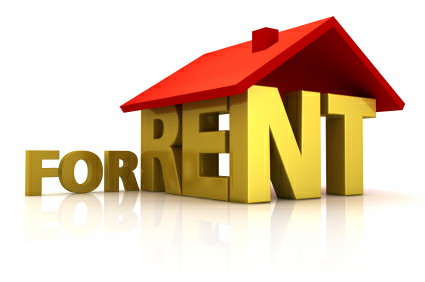Diversity is a term long associated with the melting pot that is NYC, but one rarely synonymous with Manhattan luxury rental apartments. However, in the past few years, dozens of luxury rental buildings have been developed with the financial assistance of the 80/20 program, which aims to provide affordable housing with a luxurious twist. This program, which has become especially popular since 2008, requires that 80% of the luxury apartments in the building utilizing this policy are rented at market-rate prices, while the remaining 20% are offered below market. But while many low-income families will benefit, at times living literally across the hall from their wealthier neighbors, those with higher incomes are poised to profit as well.
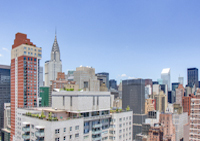
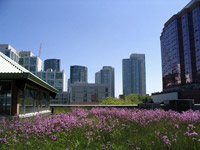

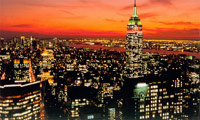
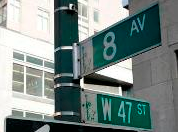
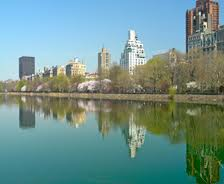 It’s not a boundary you’ll find on any map, but any Manhattanite will tell you that the stretch of 96th Street east of Central Park is one of the brightest and longest-standing borders in
It’s not a boundary you’ll find on any map, but any Manhattanite will tell you that the stretch of 96th Street east of Central Park is one of the brightest and longest-standing borders in  Most
Most 
 Battery Park City may be one of Manhattan’s most modern neighborhoods. Created using fill from the World Trade Center site,
Battery Park City may be one of Manhattan’s most modern neighborhoods. Created using fill from the World Trade Center site,  Once a part of a larger, broader
Once a part of a larger, broader 